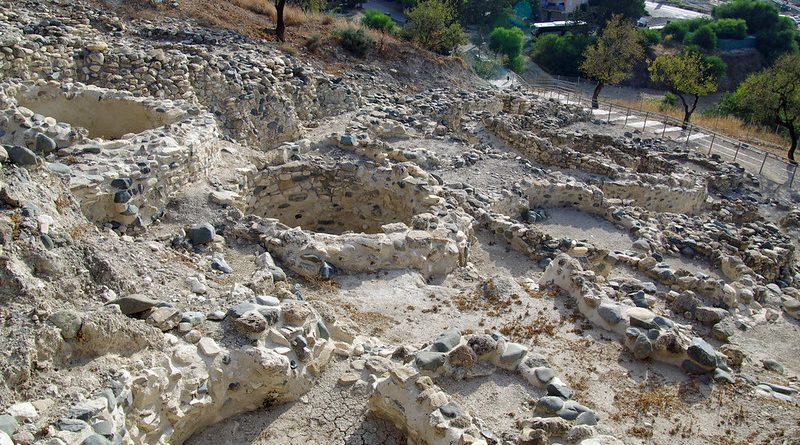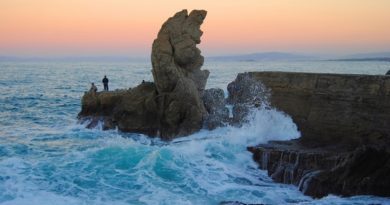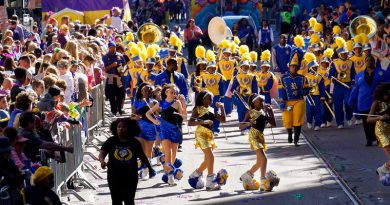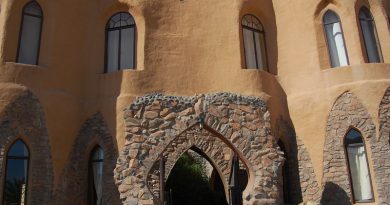Top Sites to Visit in Cyprus
Home to lavish Monasteries, magnificent churches, UNESCO World Heritage sites (three in total!) and legendary places cited in Greek Mythology, Cyprus is one of the oldest civilisations in the Mediterranean.
With over 300 days of guaranteed sunshine a year, blue skies are the perfect backdrop for exploring the island and learning about the many fascinating cultural sights. Hire a car and go at your own pace, or join a group and soak up the wisdom of a local guide. Here, the Deputy Ministry of Tourism for Cyprus, shares a snippet of the island’s cultural offering.
1. Kolossi Castle
Built in the 13th century, Kolossi is a fine example of military architecture. It served as the Grand Commandery of the Knights of the Order of St. John of Jerusalem, and in the 14th century came under the control of the Knights Templar. During this time, the Knights produced and exported a sweet wine, which became known as the ‘vin de Commanderie’ (Commandaria).
Did you know? Commandaria wine is one of the oldest named wines in the world, having had the same name for eight centuries.
2. The Archaeological Park of Kato Paphos
Included in the UNESCO World Heritage Site list since 1980, The Archaeological Park of Kato Paphos is steeped in history with monuments that date from the 4th century BC to the middle ages, and remains that date to the Roman period. Visitors can easily spend a long time at the park as its home to several important monuments, such as the Asklepieion, the Odeon, the Agora, the Saranta Kolones (Forty Columns) Castle, the Limeniotissa ruins of an Early Christian Basilica, and more well known, the Tombs of the Kings.
Did you know? Be sure to check out the intricate mosaic floors of the four Roman villas within (the houses of Dionysos, Theseus, Aion and Orpheus) as each depict various scenes from Greek Mythology.
3. Agios Lazaros Church
A prime example of Byzantine architecture, the magnificent stone church of Agios Lazaros was built in the 9th century and lies over the tomb of the saint. Although the three domes and original bell tower of the church were destroyed in its early years, the gold-covered iconostasis survived. Saint Lazarus came to Cyprus after being resurrected by Jesus, after he was ordained he lived in the town for 30 years before being buried under the sanctuary.
Did you know? The saint is so admired that a procession is held in his honour before Easter. During the procession, the icon of Saint Lazarus is carried through the streets of Larnaca.
4. Baths of Aphrodite
The Baths of Aphrodite are located just past the fishing harbour of Latsi, and towards the tip of the Akamas Peninsula. Set under an old fig tree with lush greenery, legend tells that the Greek goddess of love used to bathe in these waters.
Did you know? According to Greek mythology, Aphrodite met her lover Adonis at this spot when he stopped for a drink whilst hunting. He is rumoured to have fell in love with her the moment when he drank the water.
5. Choirokoitia
Once a village, Choirokoitia is now a well-preserved settlement from the later part of the Stone Age, it has been listed as a UNESCO World Heritage Site since 1998 and has five cylindrical shaped dwellings nearby. Inside each dwelling are replicas of household objects, providing a glimpse of the past.
Did you know? Remains from all phases of the Neolithic Age are evident in the settlement, and provide an insight of living conditions in the region during these times.
6. Paphos Castle
Considered to be one of the most famous attractions in Paphos, the castle was originally a Byzantine fort built to protect the harbour. It has been rebuilt and dismantled over the years but what survives now is the 1592 Ottoman restoration. The large stone built building has a big square tower, an enclosed courtyard, a central hall and several small rooms.
Did you know? The castle has had many uses, from its original fort status, to a salt storage area and now the backdrop to many cultural festivals.
7. Kourion Theatre
Standing as one the most impressive archaeological sites in Cyprus, the Theatre of Kourion was constructed at the end of the 2nd century BC and seated up to 3,500 spectators for performances and gladiator games. Today, its horseshoe shape continues to allow for many cultural activities and theatrical performances, especially during the summer season.
Did you know? In the beginning of the 3rd century AD modifications were made, and the theatre became an arena that was used for fights with wild animals.
About Cyprus
Cyprus – the third largest island in the Mediterranean – attracts four million tourists annually. Cyprus is a year-round island appealing to a wide range of personal tastes and lifestyles, from families and couples, to the most discerning of culture and nature-oriented travellers.
Tourists are attracted by the island’s legendary hospitality, glorious coastline and stunning mountain villages. There is something to suit everyone – family resorts, world class spas, golf courses, marinas, agro-tourism and food and wine trails. The active can enjoy the warm waters of Cyprus for diving and water-skiing while adventure seekers can explore the island’s beauty with trekking or bird-watching tours, while golfing enthusiasts play on award winning courses.
The island boasts the cleanest bathing waters in Europe, combined with a rich cultural heritage, a variety of agro-tourism projects and a wide choice of special interest activities.
Destination – Cyprus




